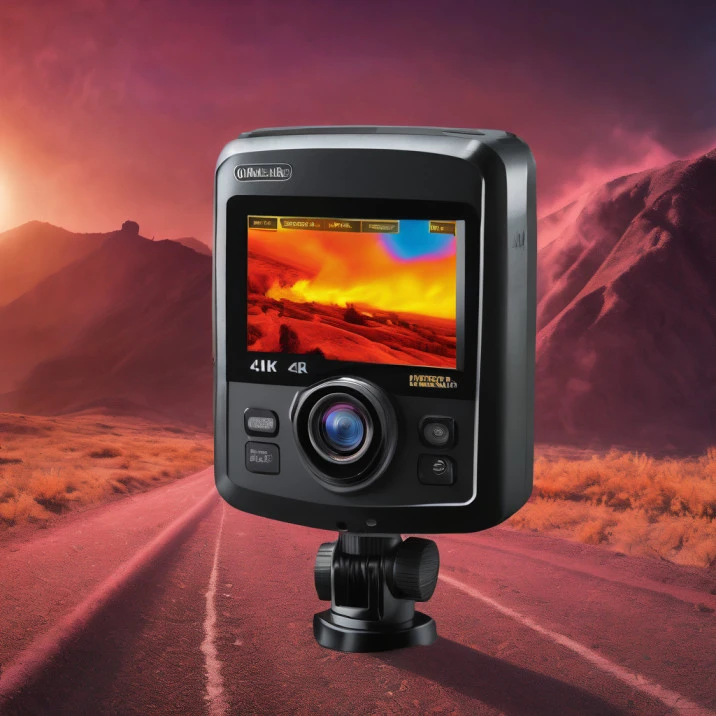
Thermal imaging cameras

Thermal Imaging Cameras
Thermal imaging cameras are devices that use infrared radiation to create images based on the temperature differences of objects in their field of view. These cameras are widely used in various industries for a range of applications due to their ability to detect and visualize heat signatures.
How Thermal Imaging Cameras Work
Thermal imaging cameras work by detecting the heat emitted by objects and converting that heat into an electronic signal, which is then processed to create a thermal image. The camera's sensor measures the infrared radiation emitted by objects and assigns different colors to represent variations in temperature. Warmer objects appear as brighter colors, while cooler objects appear as darker colors.
Applications of Thermal Imaging Cameras
Thermal imaging cameras have a wide range of applications across various industries:
- Building Inspections: Thermal cameras can be used to detect energy loss, moisture intrusion, and electrical issues in buildings.
- Industrial Maintenance: These cameras are used to inspect machinery, electrical systems, and other equipment for signs of overheating or malfunction.
- Security and Surveillance: Thermal cameras can detect intruders in the dark or in low-visibility conditions.
- Firefighting: Firefighters use thermal cameras to see through smoke and locate individuals in burning buildings.
- Medical Imaging: Infrared cameras are used in medical applications for diagnosing conditions such as inflammation and circulatory issues.
Types of Thermal Imaging Cameras
There are several types of thermal imaging cameras available, including:
- Handheld Thermal Cameras: Portable devices used for on-the-go inspections and troubleshooting.
- Fixed-Mount Thermal Cameras: Installed in a fixed location for continuous monitoring of specific areas.
- Thermal Camera Drones: Drones equipped with thermal cameras for aerial inspections and surveillance.
- Smartphone Thermal Cameras: Attachable thermal camera accessories for smartphones, allowing thermal imaging on mobile devices.
Benefits of Using Thermal Imaging Cameras
There are several benefits to using thermal imaging cameras:
- Non-Contact Measurement: Thermal cameras can detect temperature variations without physically touching the object.
- Enhanced Safety: Thermal cameras can identify potential hazards such as electrical faults or overheating equipment.
- Improved Efficiency: By detecting issues early, maintenance can be performed proactively, reducing downtime and costs.
- Versatile Applications: Thermal cameras can be used in a wide range of industries for different purposes.
Considerations When Choosing a Thermal Imaging Camera
When selecting a thermal imaging camera, consider the following factors:
- Resolution: Higher resolution cameras provide clearer images with more detail.
- Temperature Range: Choose a camera with the appropriate temperature range for your intended applications.
- Field of View: Consider the field of view of the camera to ensure it covers the area you need to inspect.
- Portability: Depending on your needs, you may require a handheld or fixed-mount camera.
Conclusion
Thermal imaging cameras are valuable tools that offer a non-invasive way to detect temperature differences and identify potential issues in various industries. With their ability to visualize heat signatures, these cameras play a crucial role in applications such as building inspections, industrial maintenance, security, firefighting, and medical imaging. By understanding how thermal cameras work and considering the different types and benefits, you can choose the right camera for your specific needs.









